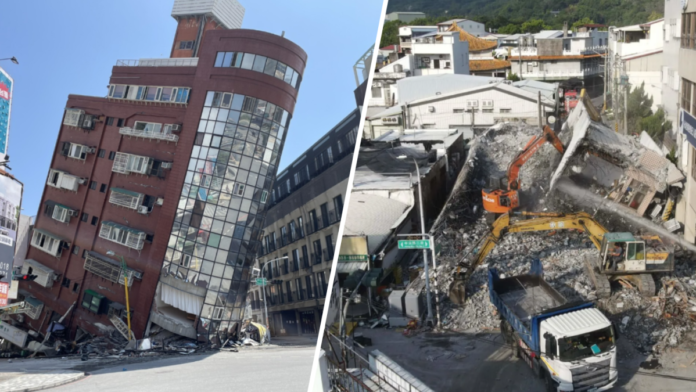Taiwan, nestled along the volatile Pacific Ring of Fire, is no stranger to seismic activity. The island nation is situated at the convergence of several tectonic plates, making it highly susceptible to earthquakes. Despite this inherent risk, Taiwan has implemented robust earthquake preparedness measures to mitigate the impact of seismic events and ensure the safety of its residents.
One of the primary reasons Taiwan is exposed to earthquakes is its location along the Pacific Ring of Fire, a horseshoe-shaped zone characterized by frequent seismic and volcanic activity. The island sits atop the boundary between the Philippine Sea Plate and the Eurasian Plate, where the intense geological forces driving plate movements result in earthquakes and volcanic eruptions.
Taiwan’s geological setting predisposes it to a variety of seismic hazards, including shallow and deep earthquakes, as well as the potential for tsunamis triggered by undersea seismic events. The island’s mountainous terrain further complicates matters, as seismic waves can be amplified and cause landslides, rockfalls, and other secondary hazards.
Despite these challenges, Taiwan has invested heavily in earthquake preparedness and disaster resilience. The government has implemented stringent building codes and seismic retrofitting requirements to ensure that structures can withstand the forces generated by earthquakes. High-rise buildings, bridges, and infrastructure projects are designed and constructed with earthquake-resistant features to minimize damage and casualties during seismic events.
In addition to infrastructure resilience, Taiwan has established a comprehensive early warning system to alert residents of imminent earthquakes. The Central Weather Bureau operates a network of seismic monitoring stations across the island, which detect seismic waves and provide real-time information to the public through various communication channels, including television, radio, and mobile alerts.
Furthermore, Taiwan conducts regular earthquake drills and public education campaigns to raise awareness about earthquake safety and preparedness. Schools, businesses, and government agencies participate in these drills to practice emergency procedures and evacuation protocols in the event of a seismic event. The government also encourages individuals and communities to develop emergency response plans and stockpile essential supplies to sustain themselves during disasters.
Taiwan’s experience with earthquakes has also led to the development of innovative technologies and engineering solutions to enhance seismic resilience. Researchers and engineers continuously study seismic hazards and develop new methods for assessing and mitigating earthquake risks. These efforts include the development of seismic isolation and damping systems for buildings, as well as the use of advanced materials and construction techniques to improve structural integrity.
Moreover, Taiwan collaborates with international organizations and shares its expertise in earthquake preparedness and disaster management with other earthquake-prone regions. The island’s experience and knowledge serve as valuable resources for countries facing similar challenges, helping to strengthen global resilience to seismic hazards.
Taiwan’s exposure to earthquakes is a consequence of its geological setting along the Pacific Ring of Fire. However, the island nation has demonstrated a strong commitment to earthquake preparedness and resilience, investing in infrastructure, early warning systems, public education, and technological innovation to mitigate the impact of seismic events. Through these efforts, Taiwan continues to enhance its ability to withstand earthquakes and protect the safety and well-being of its residents.

